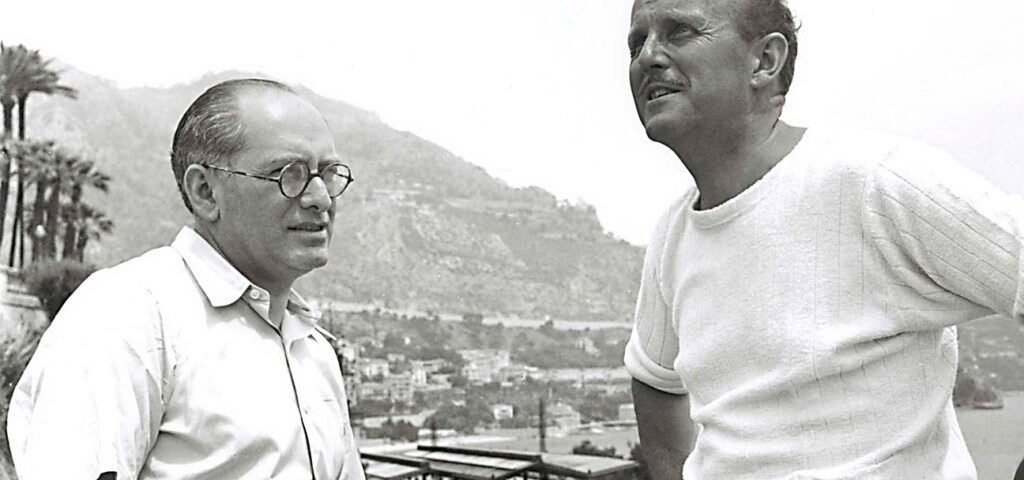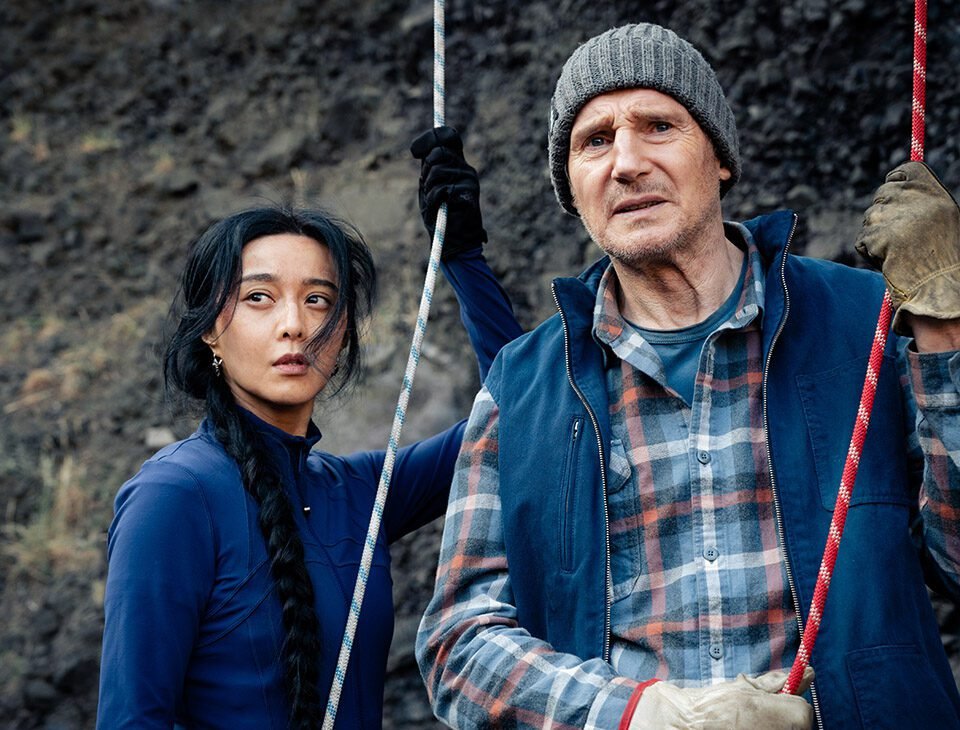


‘Gloria!’ Review: An All-Female Orchestra at the Turn of the 19th Century Does It for Themselves in Fluffy Italian Debut
March 6, 2024


‘Sons’ Review: Sidse Babett Knudsen Is Remarkable as an Avenging Corrections Officer in a Plausibility-Challenged Drama
March 8, 2024Narrated by the ‘Killers of the Flower Moon’ director, David Hinton’s doc delves into the filmmaking duo’s body of work and their creative ups and downs.
Made in England: The Films of Powell and Pressburger
Eloquent and dynamic.
In the narrator’s seat for David Hinton’s eloquent documentary on the filmmaking duo Michael Powell and Emeric Pressburger, Martin Scorsese is the ultimate fan. Tracing his all-around movie obsession to his first viewing of the U.K.-based pair’s 1948 tour de force, The Red Shoes, he leads us through a dozen of their features and a few of Powell’s solo efforts, connecting key sequences to memorable scenes in his own work. But beyond its clear explication of the films’ imaginative and technical power, Made in England is also a testament to mentorship and friendship; Scorsese was close to Powell, who died in 1990, for the last decade and a half of the British director’s life, and Powell married Scorsese’s longtime editor, Thelma Schoonmaker, in 1984.
Using a straightforward chronology and unflashy but dynamic intercutting and split screens, Hinton deploys clips, stills, making-of footage and home movies, along with Scorsese’s single-location interview, to explore the filmmaking partnership. The Hungary-born Pressburger, who had fled the Nazis in Berlin and met Powell at a London story conference for a movie, impressed the Brit with the way he “stood the story on its head,” Powell recalls. The bond was instant and strong, and in excerpts from late-in-life interviews, their affection for each other is as evident as their intelligence and droll wit.
But while such features as 1947’s Black Narcissus and the following year’s The Red Shoes (“the ultimate subversive commercial movie,” per Scorsese) are well known for their hothouse intensity and embrace of artifice, it’s Scorsese’s deeply felt commentary on some of the less famous titles — The Life and Death of Colonel Blimp, A Canterbury Tale, The Small Back Room — that are most striking.
Powell and Pressburger, like most filmmakers in the 1940s, were facing the propaganda machinery of World War II. Winston Churchill didn’t like the satire in Colonel Blimp, but they changed nothing to please him. When the film division of Britain’s Ministry of Information asked the partners to make a movie to help Anglo-American relations, they came up with the antiwar romantic fantasy A Matter of Life and Death, probably not what the bureaucrats had in mind. In 49th Parallel, they make a clear and urgent distinction between Nazis and Germans — the kind of nuance we could still bear to be reminded of.
In the postwar era of hard-bitten noir, they bucked the trend to focus on the idea of renewal. But as Made in America convincingly argues, there’s nothing Pollyannaish about this kind of optimism, and the psychology can be at least as troubled and complex as that of overtly darker fare. Their 1949 film The Small Back Room is intimate and bleak as its war-weary protagonist reaches for rebirth. (Sometimes called the less evocative Hour of Glory, the black-and-white film includes the astonishing sight, not excerpted in the documentary, of a fictional weapon test conducted amid the stones of Stonehenge.)
Scorsese also notes the intense sadness that pervades Peeping Tom. Emotion courses through all the movie love in Made in England. Scorsese’s personal connection to Powell began when he sought him out in Britain and found him living in obscurity and facing hard times. Recalling Powell’s mention in his autobiography of their first meeting, Scorsese’s voice grows just a bit thicker. The American auteur is still at the top of his game, but, at 81, he’s inevitably looking back as well as forward. Through a sharp lens and with deep feeling, Hinton’s film is a celebration of committing oneself to art, and the creative bonds that fuel the spark.





